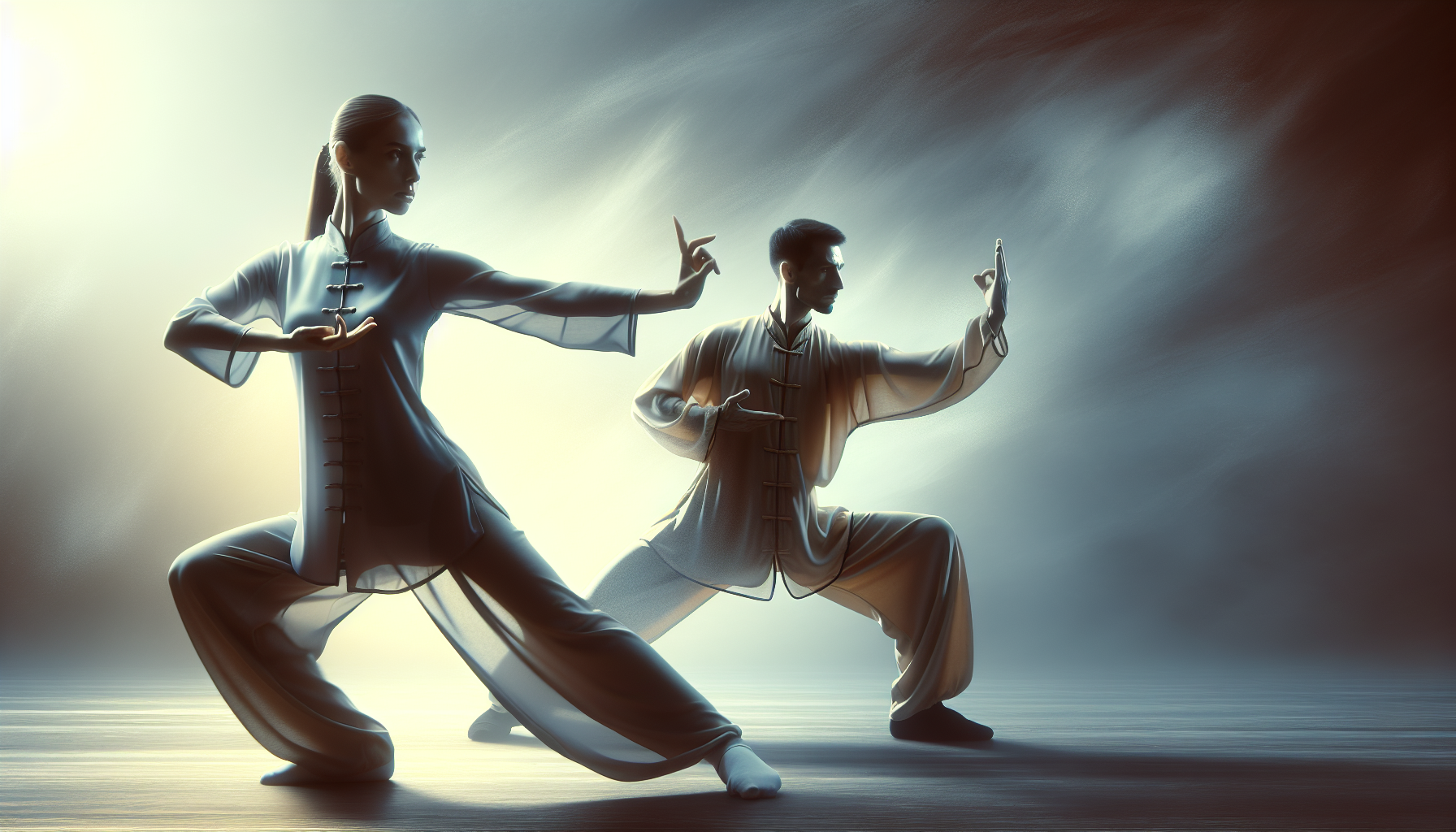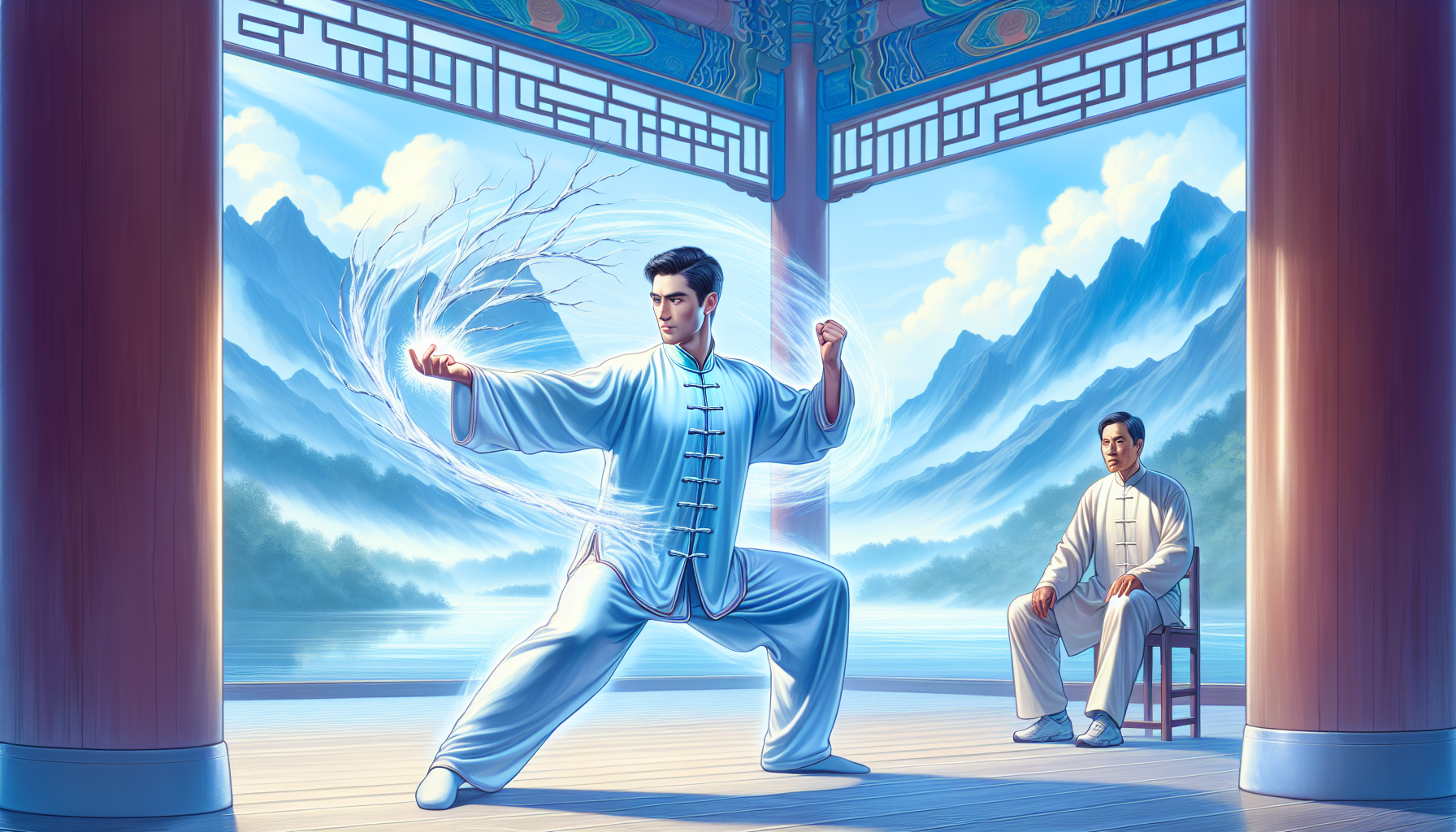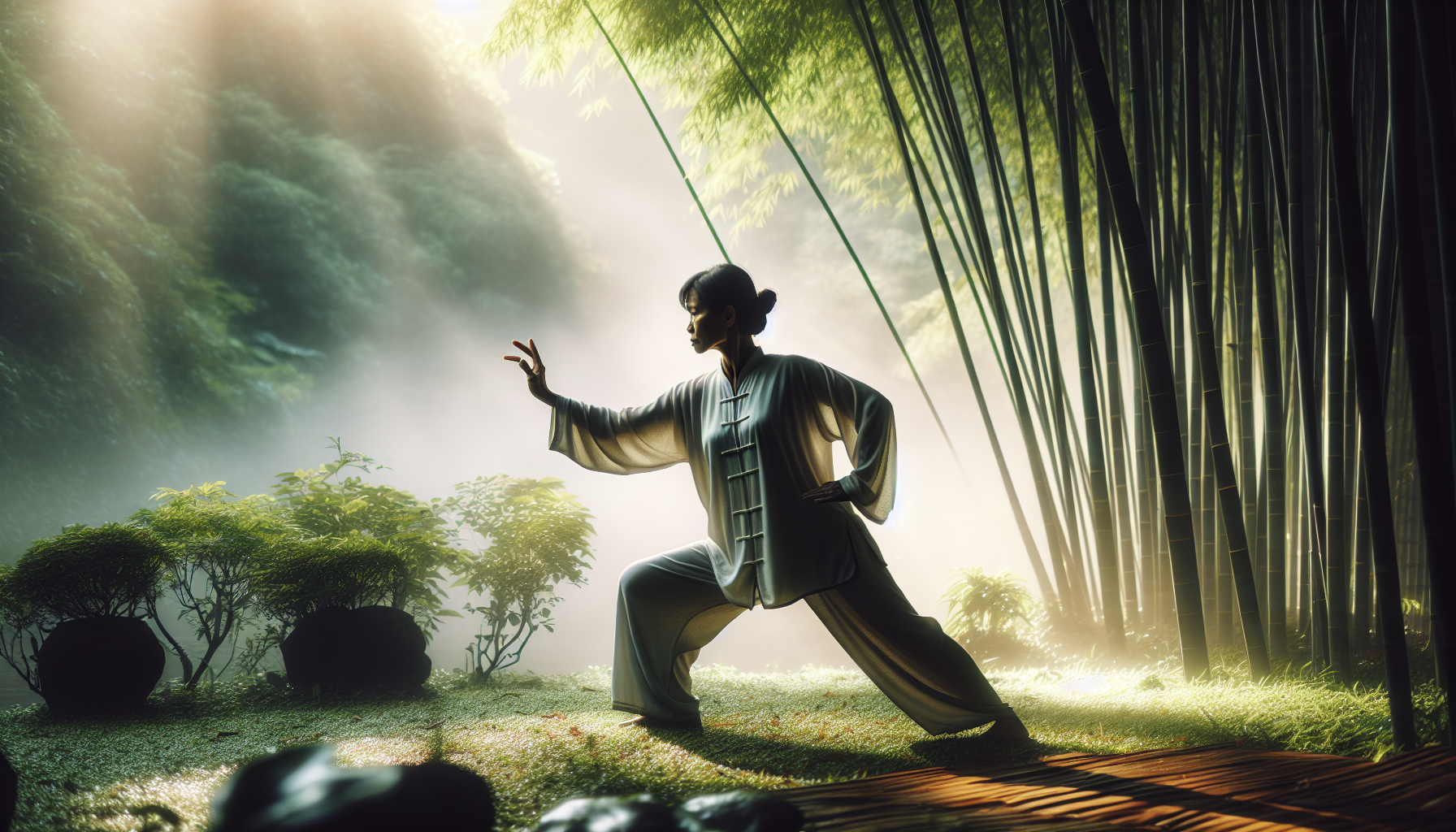Tai Chi: Exploring the Power of the Palm

The Three Dimensions of Martial Arts
Tai Chi is often misunderstood as a martial art that has no practical use in combat. However, this is a misconception that arises from a lack of knowledge about the different dimensions of martial arts. As Dr. John explains, martial arts can be divided into three main categories: fighting, health, and performance. Each dimension serves a unique purpose and offers distinct benefits.
The Health Benefits of Tai Chi
When most people think of Tai Chi, they envision slow, flowing movements that promote relaxation and improve overall well-being. This is known as Tai Chi for health. It focuses on gentle, controlled movements that promote flexibility, balance, and mental clarity. Tai Chi for health is suitable for individuals of all ages and fitness levels, making it accessible to everyone.
Tai Chi for Performance
Performance-based Tai Chi is often seen in demonstrations and competitions. It involves more intricate and lower stances, showcasing the practitioner's skill and flexibility. While performance-based Tai Chi is visually impressive, it is not meant for combat situations. It is an art form that emphasizes grace and precision.
The Fighting Dimension of Tai Chi
When it comes to Tai Chi for fighting, it is an entirely different entity. In combat situations, Tai Chi relies on the application of techniques and principles to overcome opponents. One crucial aspect of Tai Chi fighting is the ability to deliver powerful palm strikes. These strikes require strong palms, which can be developed through conditioning drills and exercises.
The Importance of Relaxation in Tai Chi
One of the fundamental principles of Tai Chi is relaxation. It is essential to remain relaxed while practicing Tai Chi and especially during combat. Tension hinders the flow of energy and diminishes the effectiveness of techniques. By staying relaxed, practitioners can tap into their speed and shock power, delivering impactful strikes that can penetrate even through body armor.
The Concept of Yielding in Tai Chi
Another crucial element of Tai Chi fighting is the concept of yielding. Tai Chi does not rely on force against force, but rather on redirecting and utilizing the opponent's energy. By yielding and using the opponent's momentum, practitioners can maintain balance and control, even when facing multiple attackers.
Applying Tai Chi in Combat
Applying Tai Chi effectively in combat requires a deep understanding of the principles and the ability to adapt to the situation. It is not about replicating the exact movements seen in forms and routines, but rather using the principles to respond appropriately. It is all about being in the flow and choosing the right moment to employ techniques.
The Relevance of Tai Chi in Modern Times
Many skeptics argue that Tai Chi is not practical in real-life combat situations. However, it is essential to remember that every technique and sequence has its place. The key is to be able to judge and deploy the right movements at the right time. It is not about using elaborate and fancy techniques but about adapting and responding effectively to the situation.
Combining Traditional Tai Chi with Modern Self-Defense
Dr. John emphasizes the importance of combining traditional Tai Chi principles with modern self-defense techniques. It is about understanding the essence of Tai Chi and applying it in a realistic and practical manner. This combination allows practitioners to harness the power of Tai Chi while also being prepared for real-life combat situations.
Joining the Waking the Warrior Program
If you are interested in exploring Tai Chi and its practical applications, you can join the Waking the Warrior program. This program, developed by Master Wong and Dr. John, focuses on anti-bullying and self-defense. It combines storytelling, technique movements, and mindset principles to provide a comprehensive learning experience.
The Seven-Day Challenge
The Waking the Warrior program starts with a seven-day challenge, where participants can gauge their progress and development. This challenge allows individuals to understand themselves better and their environment. It is a stepping stone towards gaining a deeper understanding of Tai Chi and its applications.
Continuing the Journey with Zoom Calls and Seminars
Upon completing the seven-day challenge, participants have the opportunity to engage in zoom calls with Master Wong and Dr. John. These calls provide a platform for further learning and personal interaction. Finally, participants can book seminars to delve even deeper into the practical applications of Tai Chi and self-defense techniques.
Conclusion
Tai Chi is a multifaceted martial art that offers numerous benefits, including improved health, performance, and practical self-defense skills. By understanding the different dimensions of Tai Chi and applying the principles effectively, individuals can harness the power of Tai Chi in real-life combat situations. Through programs like Waking the Warrior, individuals can embark on a journey of self-discovery and empowerment, acquiring valuable skills that extend beyond the realm of martial arts.

